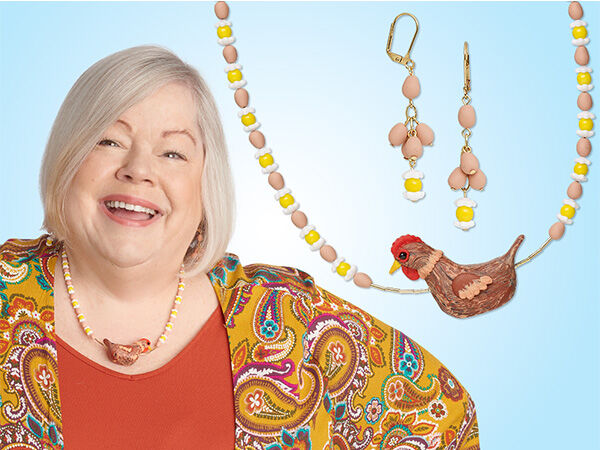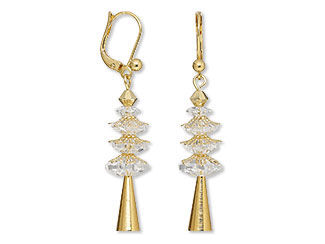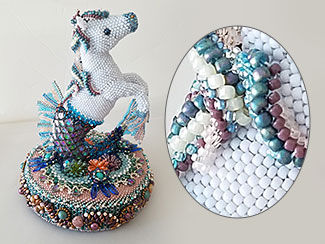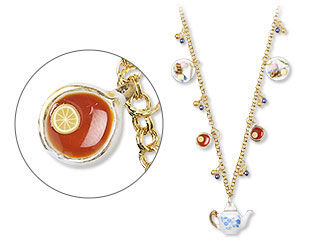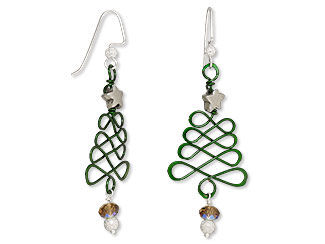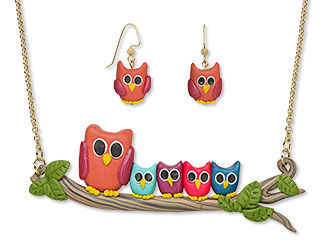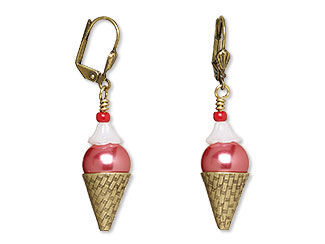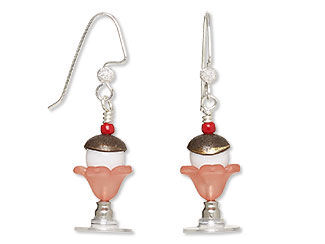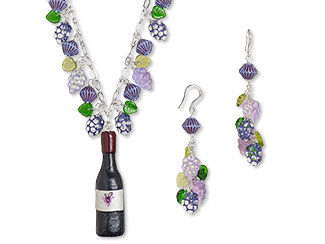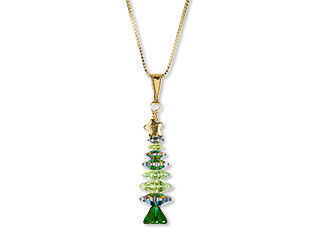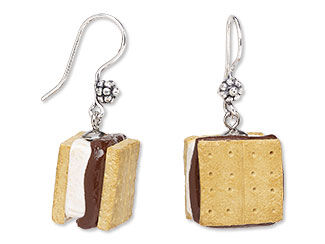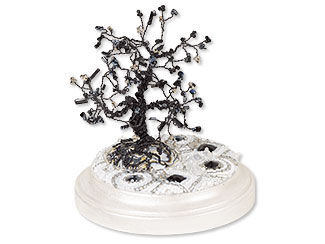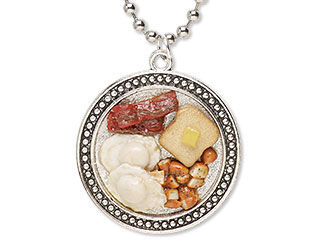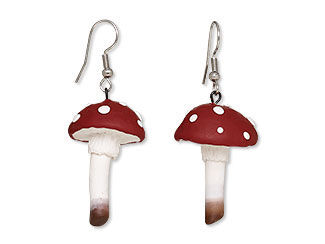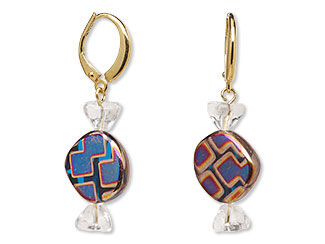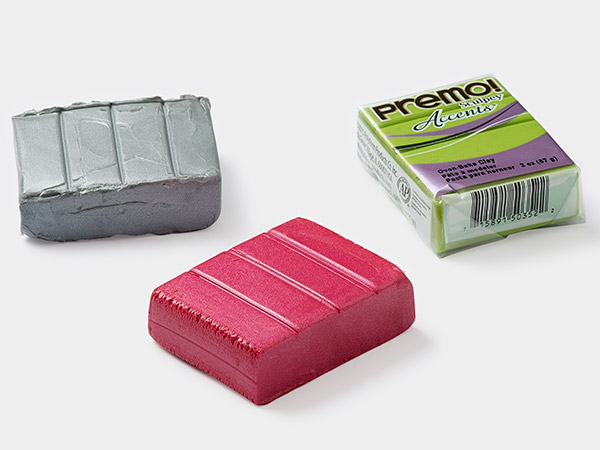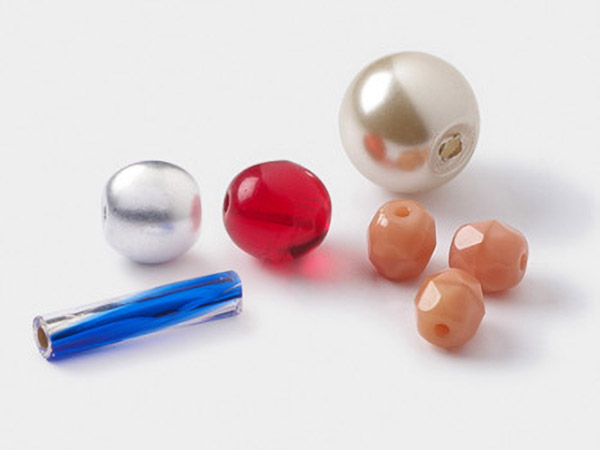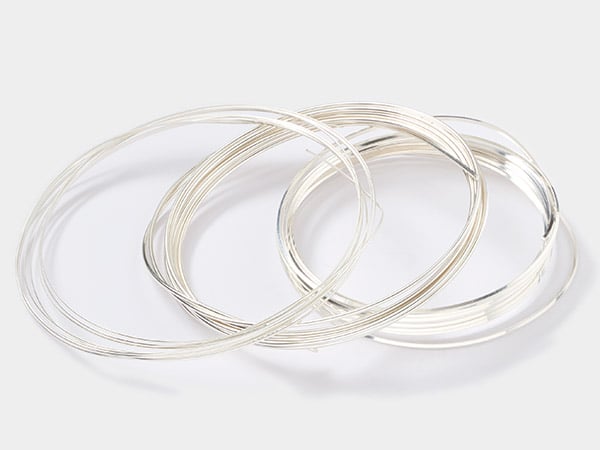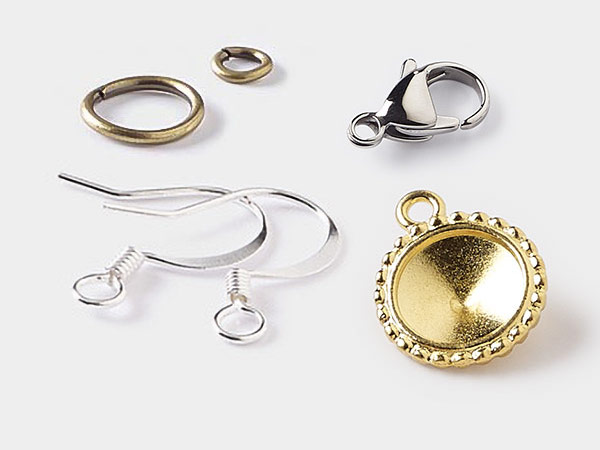Miniatures
Creating miniatures of food, furniture, clothing, critters and more is a growing trend—although not a new one.
"People have been making miniatures for as long as we have been civilized,” miniaturist Lauren Delaney George says. Archaeolgical artifacts prove her right: tiny women carved from mammoth ivory by European cave dwellers, Egyptian pharaohs buried with small versions of their ships and servants, medieval miniature "books of hours" created for the wealthy to mark religious observances while traveling—and more.
In modern times, miniature crafts and collectibles have been all the rage for decades in Japan, from the ancient art of bonsai to the metaphysical suiseki to the child-like fun of Edo-shogangu. Meanwhile, the University of Iowa hosts a collection of over 4,000 miniature books—including one so small, it fits inside a walnut shell. And, at the Smithsonian Institute in Washington, D.C., Faith Bradford's dollhouse has been on continuous display since 1967. It's one of the museum's most-visited exhibits.
The on-going trend for ''barely there'' jewelry indicates that the hunger for miniature masterpieces has a lot of buying power. Tiny has always been big—and never more than now.
Why Create in Miniature?
Miniaturists like Delaney George give multiple reasons for their huge interest in creating small things:
- Portability
Miniaturism lets creative folks take their hobby on the road. Projects that don't involve kilns or other space-intensive, high-mass tools or workspace can go on the road in an increasingly mobile society. When you need to travel light, miniatures let you stay creative.
- Space Saving
Miniatures don't take up as much storage or workspace in ever-shrinking living spaces—yet they give artists the challenge of learning the skills they want.
- Fashion
Miniature creations are showing up as jewelry items, phone dangles, purse charms and other accessories. One of the most popular earring patterns—the Crystal Passions® stacked marguerite Christmas tree—is a seasonal miniature.
- Money Saving
Miniaturism uses fewer resources, per piece, to create. When you're making 1:12 scale silver teapots using precious metal clay, you can really stretch your resources.
- Variety
Miniaturists love how their craft requires them to explore and learn a wide range of techniques and apply those techniques to a variety of media: clays, metalworking, carpentry, textile work and more.
- Power
Miniaturist Kim Clough loves miniatures because it gives her "a sense of being able to control a large part of the world in a small, contained space." Turning elements of a vast and complicated world into something you can balance on your fingertip makes life feel more manageable.
- Indulgence
Miniature foods look realistic, but don't have a single calorie (they also make adorable earrings). Miniature houses are luxuriously decorated, but don't have property taxes. Miniature ballgowns sparkle with the tiniest of crystal beads and gleam with itty-bitty pearls, but never have to be dry cleaned. Miniatures offer the style of a fabulous lifestyle blog, shrunk down to manageable size.
- Adorability
And honestly? Miniatures are just cute.
Materials and Techniques of Miniaturists (or, How Do They DO That?)
What do miniaturists like Delaney George and Clough create? Anything they want to! Furniture is popular, as are tiny animals, home décor items (lamps, goldfish bowls, books, etc.) and food, of course. Miniature food items, with realistic colors and textures, are one of the most popular items made by modern miniaturists. Those tiny items can be made and collected as they are--or turned into jewelry!
Wanna wear a miniature burger and fries set of earrings? Make 'em yourself! No need to super-size them, either.

Christi Friesen is here to cover all the polymer clay basics you could want, including how to condition clay, color blending, jewelry clay tools, clay baking tips, how to add beads to your polymer clay and more.
What materials do miniaturists use?
- Clays
Some of the most popular and commonly used materials for making miniatures (especially food and dollhouse décor items) are clays. Polymer clays, air dry clays (such as Vitrium® and Apoxie® Sculpt) and metal clays are all practical media for making in the micro.
- Pourable Resin
Clear, pourable resins are ideal for creating the look of liquids in miniatures (think of goldfish bowls or a pitcher of iced tea). Filling using multiple layers makes suspending items easier, too.
- Seed Beads
Ideal for creating regular patterns, seed beads easily replicate the look of textiles—especially Delica®. They're also popular for making jewelry in the miniature, like necklaces in a dollhouse or in a scale model of a jewelry shop. Size #15 (or 15/0) rocaille seed beads are approximately 1.3mm, which in a standard miniature 1:12 scale, equals 15.6mm in real size. That makes for a lot of fine detail.
- Wire
Whether used for armatures underneath sculptures or woven into tiny birdcages and teensy tree of life jewelry, a variety of natural metal and enameled or dyed wire-wrapping wires offer creative flexibility to miniaturists.
The craft involved is one of miniaturism's biggest appeals. "I think that miniatures capture a whole range of skills that anyone can enjoy, from handmade sculpted food items to miniature needlework, wood work, even glass blowing," miniaturist Sue Kirkham says. "The range of skills is endless."
Creating in miniature is a well-selling trend for many creators, with jewelry being an ideal showcase for miniature designs. Art on the small scale is what jewelry making is—just like miniaturism! Jewelry makers working with itsy-bitsy components can tap into the world-wide popularity of miniatures, trimming their material costs and exploring a wide range of materials and techniques.
Explore the world of miniatures, then share them online to inspire other artists. Makers around the world want to see what you've made—no matter how small.
Creating in miniature is a well-selling trend for many creators, with jewelry being an ideal showcase for miniature designs. Jewelry makers working with itsy-bitsy components can tap into the world-wide popularity of miniatures, trimming their material costs and exploring a wide range of materials and techniques. Tiny has always been big—and never more than now.
Shop for Your Materials Here:
Have a question regarding this project? Email Customer Service.
Copyright Permissions
All works of authorship (articles, videos, tutorials and other creative works) are from the Fire Mountain Gems and Beads® Collection, and permission to copy is granted for non-commercial educational purposes only. All other reproduction requires written permission. For more information, please email copyrightpermission@firemtn.com.
